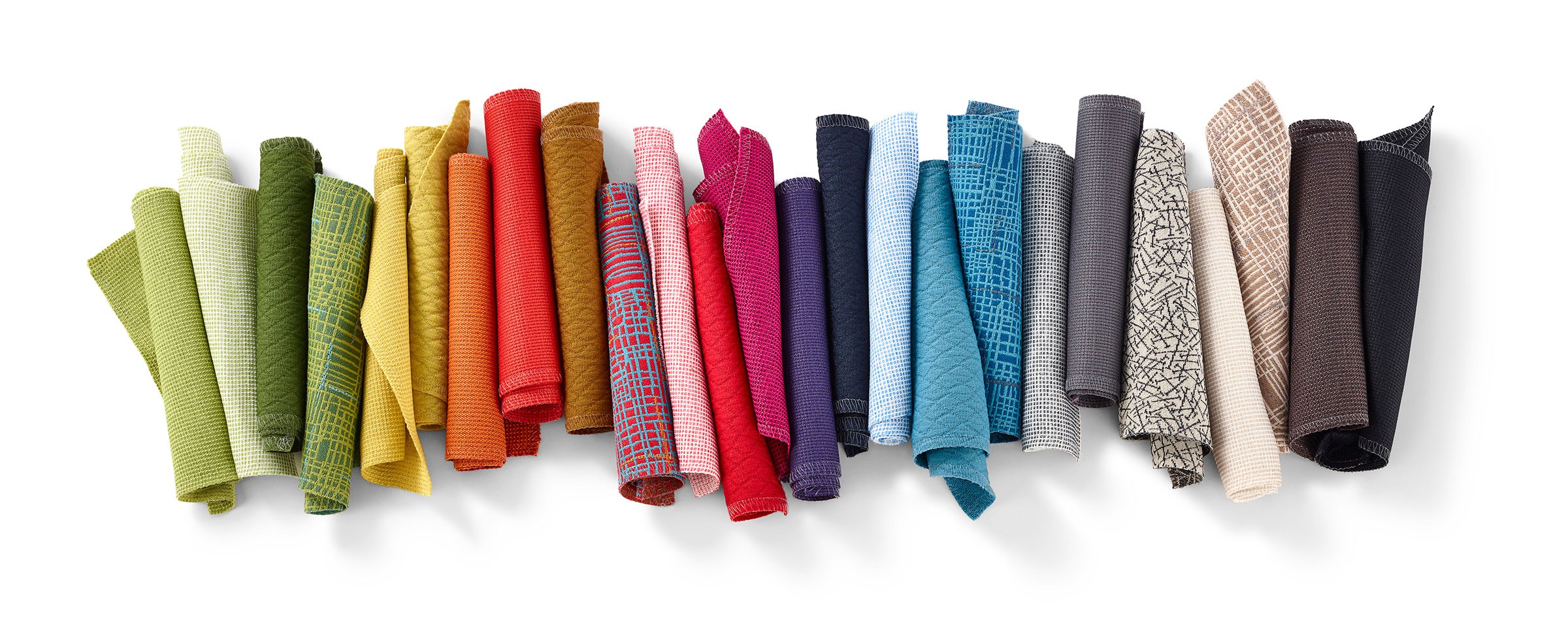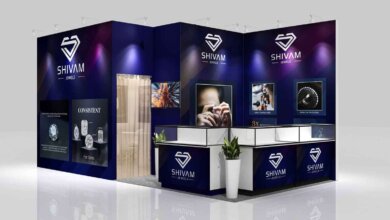Top 10 Best Fabrics for Digital Printing on fabric

Digital fabric printing has quickly become the go-to method for producing vibrant, detailed designs on textiles. But there’s one thing that can make or break the final result — the fabric you choose.
Not all fabrics behave the same when printed digitally. Some absorb ink beautifully, while others struggle to hold color or detail. So, if you’re planning a clothing line, home décor, or any custom textile product, choosing the right fabric is the first step toward success.
1. Cotton – A Classic Choice for Crisp and Clean Prints
Cotton remains one of the most preferred fabrics for digital printing because of its natural absorbency and soft feel. It soaks up water-based inks effectively, resulting in clear, bright designs.
It’s the fabric of choice for:
- T-shirts and everyday wear
- Baby clothes and eco-friendly garments
- Bedsheets and casual home décor
Best printing method: Pigment or reactive ink printing Why it works: Cotton fibers absorb ink well and provide a natural matte finish.
2. Polyester – Best for Bold, Vivid, and Durable Prints
If you’re after bright, punchy colors that won’t fade easily, polyester is a top contender. This synthetic fabric works perfectly with sublimation printing, which bonds dye directly into the fiber.
Commonly used in:
- Sportswear and activewear
- Event banners and flags
- Promotional merchandise
Best printing method: Sublimation printing Why it works: Polyester resists wrinkles, holds color extremely well, and is ideal for long-lasting results.
3. Silk – Premium Option for Rich Color and Shine
Silk gives digital prints an elegant, high-gloss finish. It’s smooth, luxurious, and absorbs ink evenly. Because of its high-end appeal, it’s often used in luxury fashion and accessories.
Silk is used for:
- Designer scarves and sarees
- Wedding and couture garments
- Fashion accessories
Best printing method: Acid or reactive dye printing Why it works: Silk allows inks to deeply penetrate, delivering detailed, soft-flowing designs.
4. Linen – Great for Natural Texture and Organic Feel
Linen, made from flax fibers, has a unique texture and rustic appeal. It doesn’t absorb as much ink as cotton but still delivers charming results, especially when you want a natural look.
Common applications:
- Tablecloths and home textiles
- Summer garments and eco-wear
- Fabric posters or wall hangings
Best printing method: Pigment or reactive printing Why it works: Linen gives a raw, earthy finish with good detail retention.
5. Rayon/Viscose – Soft Drape and Sharp Printing
Rayon (or viscose) is a semi-synthetic fabric known for its smooth texture and soft fall. It prints exceptionally well with reactive inks, which help create deep, rich colors.
You’ll find rayon in:
- Flowy dresses and ethnic wear
- Women’s tops and tunics
- Affordable alternatives to silk
Best printing method: Reactive ink printing Why it works: Rayon’s structure allows it to hold ink deeply, giving vibrant tones and excellent softness.
6. Canvas – Perfect for Art Prints and Heavy-Duty Items
Canvas is a sturdy, tightly woven fabric that offers excellent ink retention. It’s ideal for bold prints and products that need to last longer.
Ideal for:
- Tote bags and backpacks
- Cushion covers and wall art
- digital printing on fabric
Best printing method: Pigment printing Why it works: Canvas absorbs ink evenly and holds shape, making it perfect for large or bold graphics.
7. Satin – For a Glossy, Glamorous Look
Satin has a glossy front and a dull back, giving printed designs a shiny, elegant finish. It’s often used in premium clothing and festive wear.
Used in:
- Dresses, blouses, and ribbons
- Evening wear and designer sarees
- Bridal accessories
Best printing method: Acid or reactive (for silk satin), sublimation (for polyester satin) Why it works: Satin’s shine enhances color brightness and creates a high-end look.
8. Chiffon – Lightweight and Softly Printed
Chiffon is light, airy, and slightly transparent. While it doesn’t give as bold a print as cotton or polyester, it creates a soft, graceful effect that works beautifully in flowy designs.
Best for:
- Scarves and dupattas
- Bridal overlays and evening wear
- Light fashion accessories
Best printing method: Acid or reactive (natural), sublimation (polyester) Why it works: The sheerness gives prints a dreamy, elegant look perfect for layers.
9. Georgette – Textured and Feminine
Georgette is similar to chiffon but with a slightly rough texture. It prints well with the right method and gives a more muted, sophisticated finish.
Popular for:
- Sarees and formal ethnic wear
- Tunics and layered outfits
- Festive drapes
Best printing method: Reactive or sublimation printing Why it works: Its texture holds ink with less bleeding, allowing fine patterns to come through clearly.
10. Blended Fabrics – For Versatility and Cost-Efficiency
Fabrics like cotton-polyester, cotton-viscose, or poly-rayon combine the benefits of multiple materials. Although they require special attention in printing, many blends now support high-quality digital results.
Used for:
- Uniforms and commercial clothing
- Everyday wear with budget constraints
- Products that need strength and comfort
Best printing method: Depends on the blend. Usually pigment printing works well. Why it works: Blended fabrics are practical, affordable, and can deliver a balanced mix of durability and design quality.
Also read about:-
Bachelor in Fashion Design Course: Your First Step to a Global Fashion Career?
Wholesale Clothing Deals That Fashionistas Adore
Ethical AI in Fashion: Balancing Innovation with Responsibility




